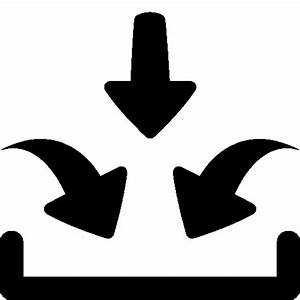PLANNING AND PREPARING A LESSON OR SEQUENCE OF LESSONS.

Sequence noun + verb
A sequence is a series of things, which follow each other in a logical order. Learners can sequence pictures in a story, i.e. put them in order.
Stage, step
A section of a lesson. Lessons work through different stages or steps such as lead-in, presentation, controlled practice etc.
Lead-in noun, lead in verb
The activity or activities used to prepare learners to work on a text, topic or main task. A lead-in often includes
an introduction to the topic of the text or main task and possibly study of some new key language required for the text or main task.
Presentation, Practice and Production (PPP)
A way of teaching new language in which the teacher presents the language, gets learners to practise it in exercises or other controlled practice activities and then asks learners to use or produce the same language in a communicative and less controlled way.
Pre-teach (vocabulary)
Before introducing a text to learners, the teacher can teach key vocabulary from the text which s/he thinks the learners do not already know and which is necessary for them to understand the main points of a text.
Consolidate, reinforce
To return to something in order to allow learners to understand and remember it more completely. For example, learners can consolidate a grammar point by doing extra practice.
Drill
A technique teachers use for encouraging learners to practise language. It involves guided repetition or practice.
In a choral drill the teacher says a word or sentence and the learners repeat it together as a class. In an individual drill the teacher says a word or sentence and one learner repeats it. In a substitution drill the teacher provides a sentence and a different word or phrase which the learner must use (or substitute) in exactly the same structure, e.g.
Teacher: I bought a book. Pen.
Learner: I bought a pen.
In a transformation drill the teacher says a word or a sentence and the learner answers by changing the sentence into a new grammatical structure, e.g.
Teacher: I bought a pen. Didn’t.
Learner: I didn’t buy a pen.
Teacher: I went to the cinema. Didn’t
Learner: I didn’t go to the cinema.
DVD clip: see clip.
I bought a pen. Didn’t
I didn’t buy a pen.
I went to the cinema. Didn’t I didn’t go to the cinema.
Extension task, extend verb, extended adjective
An activity which gives learners further or extended practice of the target language or the topic of the lesson or additional skills work.
Practice
Controlled practice, restricted practice
When learners use the target language repeatedly and productively in situations in which they have little or no choice of what language they use. The teacher and learners focus on accurate use of the target language.
Less controlled, freer practice, free practice
When learners use the target language but have more choice of what they say and what language they use.
Recycle
To focus on words or structures that have been taught before, for revision and more practice.
Repetition noun, repeat verb
To say something again, often for practice. This is often done in drills.
Model noun + verb
A clear example of the target language for learners to repeat or write down or save as a record. If a teacher is focusing on the target language of a lesson, s/he usually chooses a model sentence, which s/he writes on the board. The teacher often models the language as well, by saying it clearly before drilling the learners.